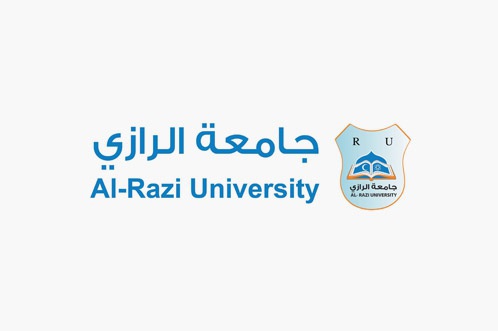مخرجات التعلم لبرنامج ماجستير علوم التخدير

8. Intended Learning Outcomes of the Program |
A. Knowledge and understanding |
By the end of the program, the graduate will be able to: |
A1. Understanding the structure and function of the human body, including the respiratory, cardiovascular, and nervous systems, which are crucial for the safe administration and monitoring of anesthesia. |
A2. Discuss preoperative patient assessment and evaluation, intraoperative and postoperative care. |
A3. Understanding various anesthesia techniques, such as general, regional, and local anesthesia, and their appropriate applications in different surgical or medical procedures. |
A4. Describe various anesthetic drugs, their mechanisms of action, dosages, side effects, and potential interactions with other medications. |
A5. Demonstrate the proper technique of IV placement, intubation with various airway devices, arterial and central line placement, and spinal and epidural placement. |
A6. Illustrate the different types of anesthesia machines, monitors, and other devices used in the administration of anesthesia with includes understanding the proper setup, maintenance, and troubleshooting of the equipment. |
A7. Describe the process of research methodology and measurement of data analysis methods to research problems. |
B. Intellectual Skills |
By the end of the program, the students will be able to: |
B1. Integrate knowledge and skills from medicine and related disciplines into the clinical anesthesia care. |
B2. Interpret appropriate diagnostic or lab studies and differentiate abnormalities in anatomic, physiological, laboratory findings, and other diagnostic data. |
B3. Interpret and apply data from invasive monitoring methodologies and technologies. |
B4. Assess and monitor patients' vital signs, such as heart rate, blood pressure, and oxygen saturation, during the administration of anesthesia to ensure patient safety and well-being during surgical or medical procedures. |
C. Professional skills and practices |
By the end of the program, the students will be able to: |
C1. Apply evidence-based research literature in clinical practice. |
C2. Provide patient care including preoperative preparation/anesthetic plan, patient monitoring, airway management, patient positioning, and anesthesia record documentation. |
C3. Conduct a comprehensive perioperative assessment of patients undergoing all varieties of surgical procedure, including appropriate tests. |
A4. Apply various anesthesia techniques, such as general, regional, and local anesthesia, and their appropriate applications in different surgical or medical procedures. |
C5. Apply postoperative recovery room management and the initial stabilization of vital parameters of patient who require intensive care management. |
C6. Use an evidence-based approach to the safe and effective delivery of anesthesia in various disease states. |
D. General and Transferable outcomes |
By the end of the program, the students will be able to: |
D1. Collaborate with health care team members in the interprofessional management of patient undergoing anesthesia. |
D2. Demonstrate competency in communication with preceptors, operating room staff, other health professionals, and patients |
D3. Use of information technology and statistical software program to review, processing, analysis, presentation and interpretation the data. |
D4. Practice within ethical, legal and interpersonal dimensions in clinical and community setting. |
